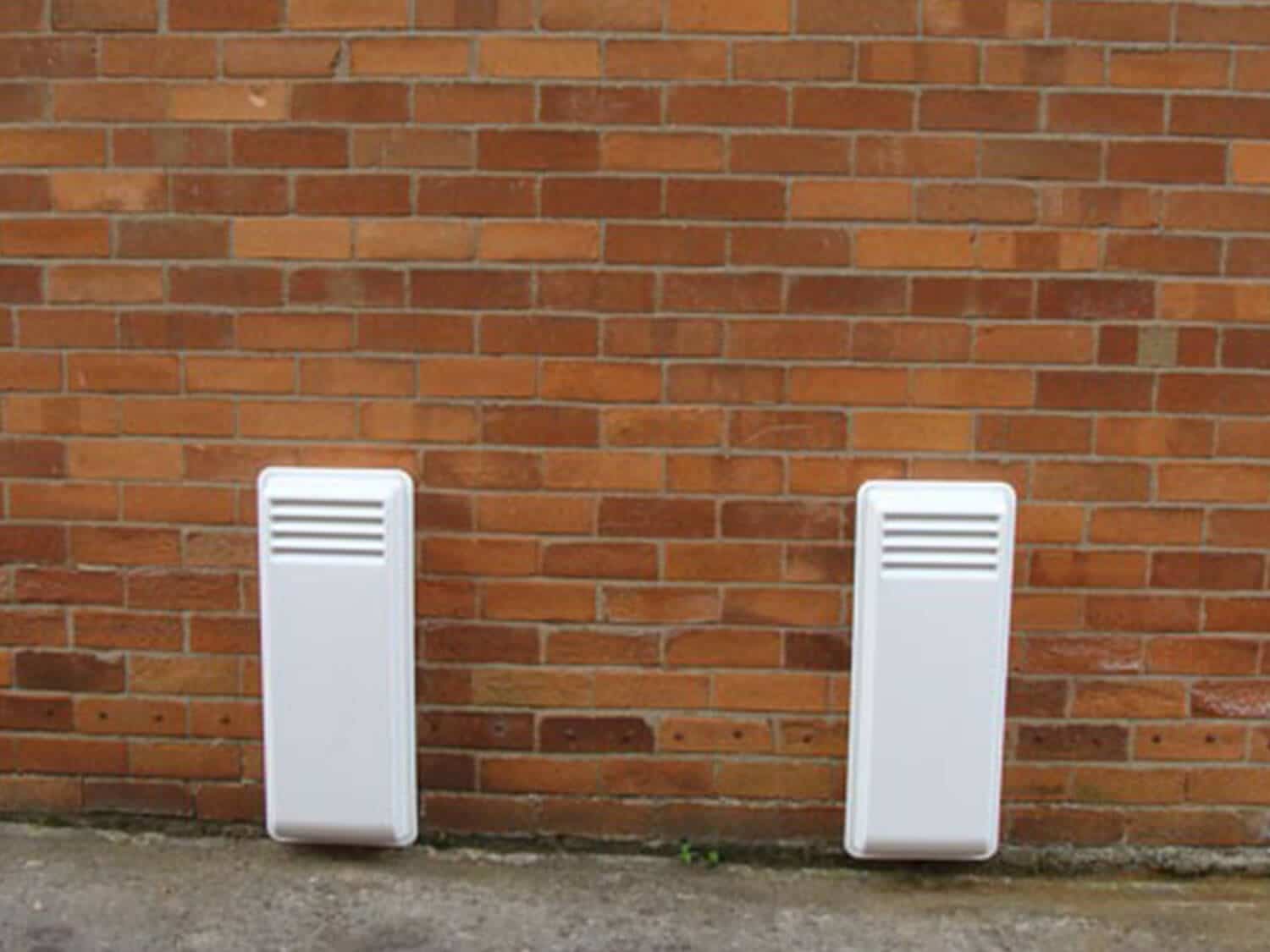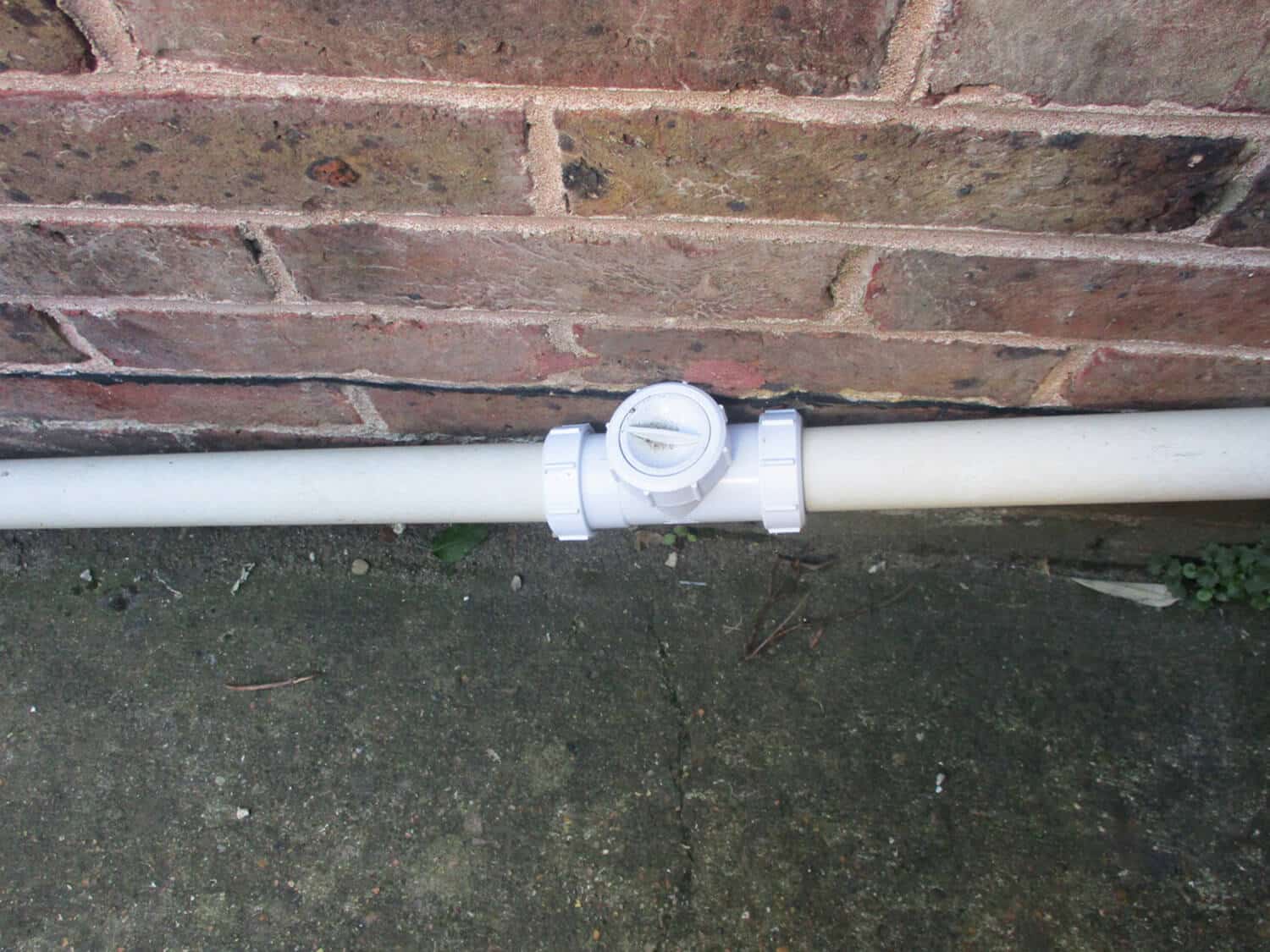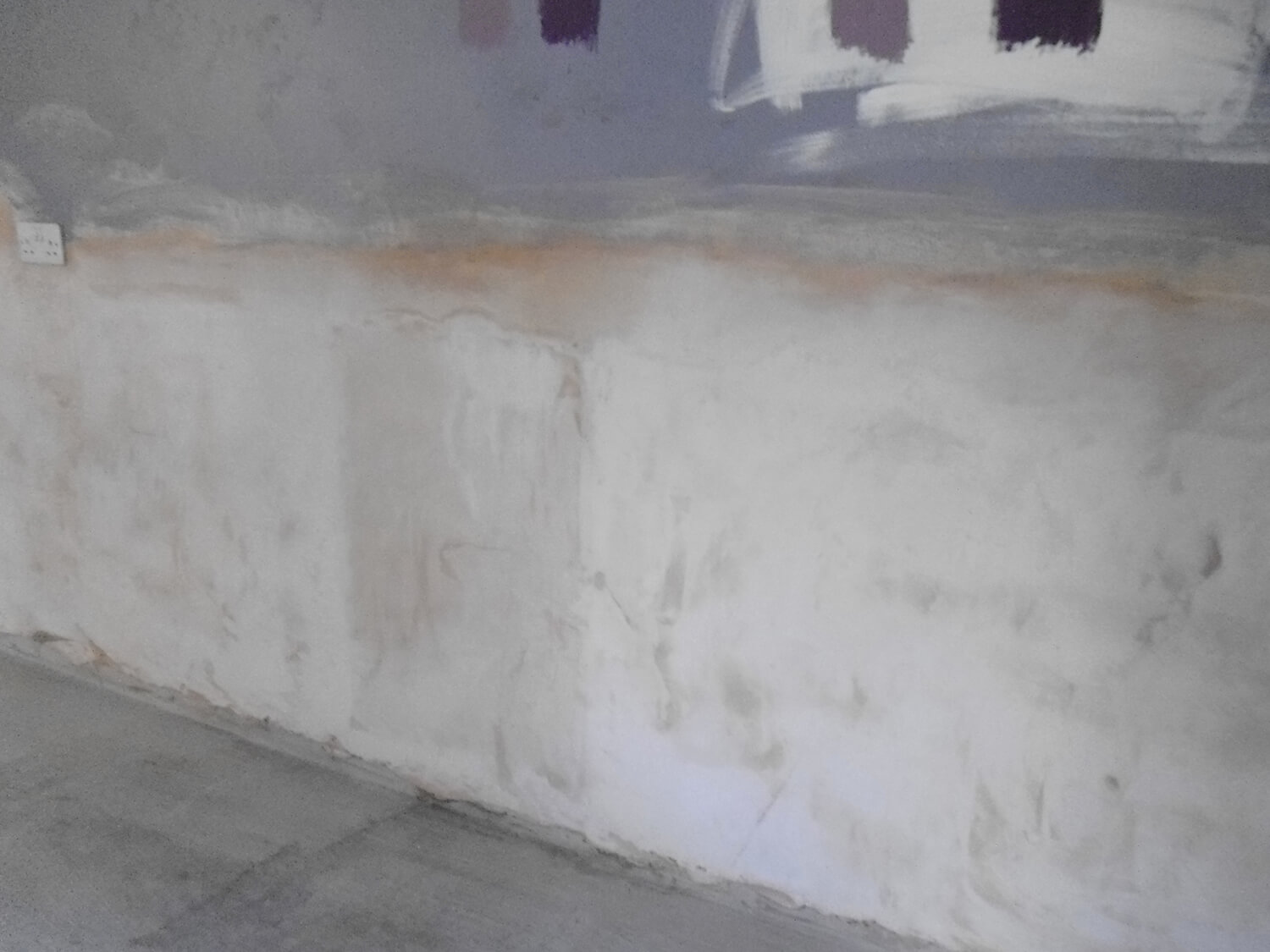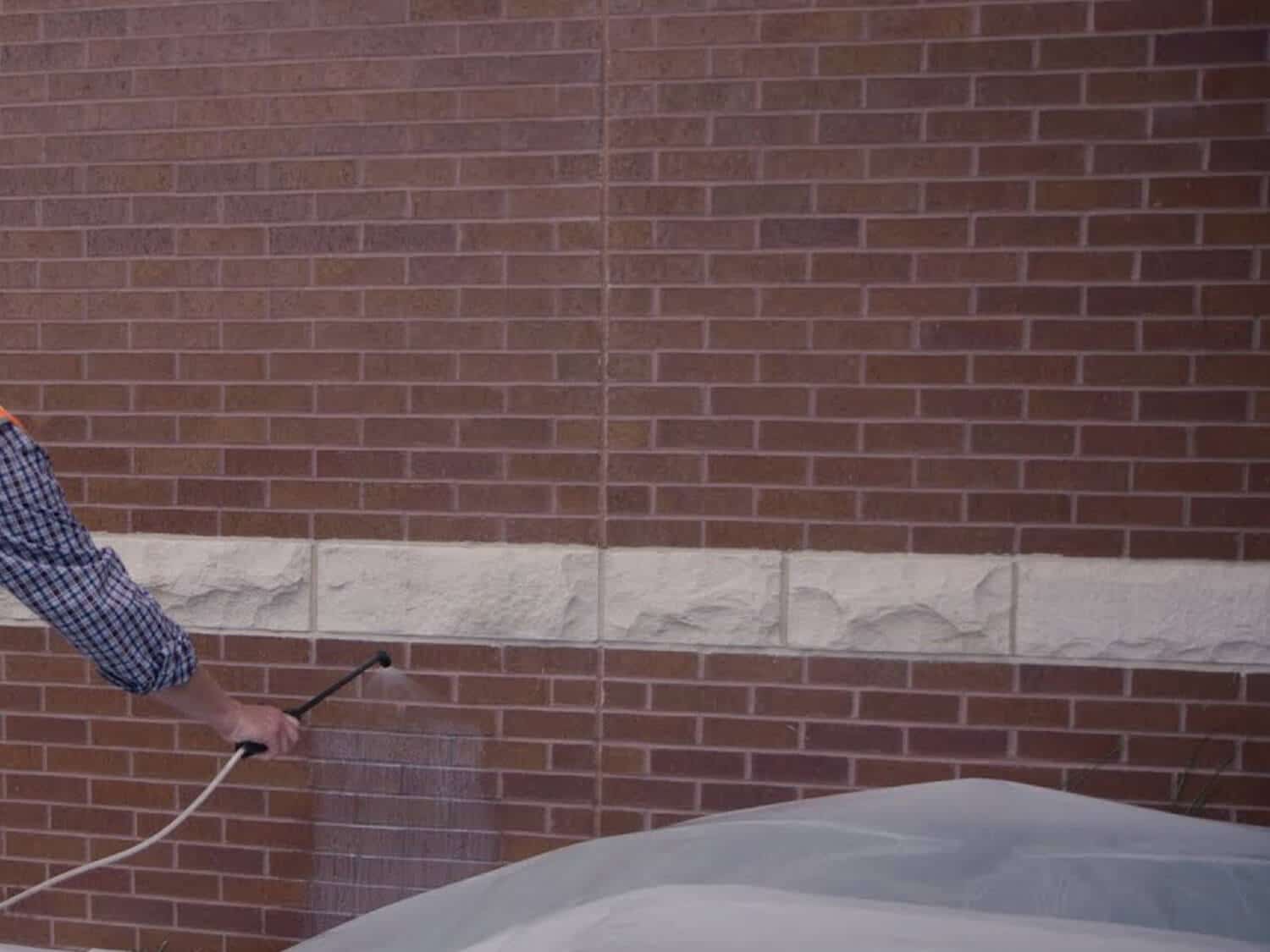Non-Return Valves
Flood water can flow up through wastewater pipes leading to flooding within a property. Non-return valves can be fitted to these pipes so wastewater can flow out, but flood water cannot enter. Non-return valves can also be fitted to the foul sewer, preventing sewage backing up through the system if the main sewer network is also impacted by flooding. If a non-return valve cannot be fitted, a bung can be used to block the toilet.











